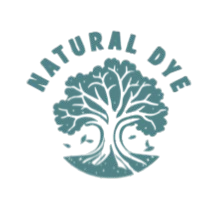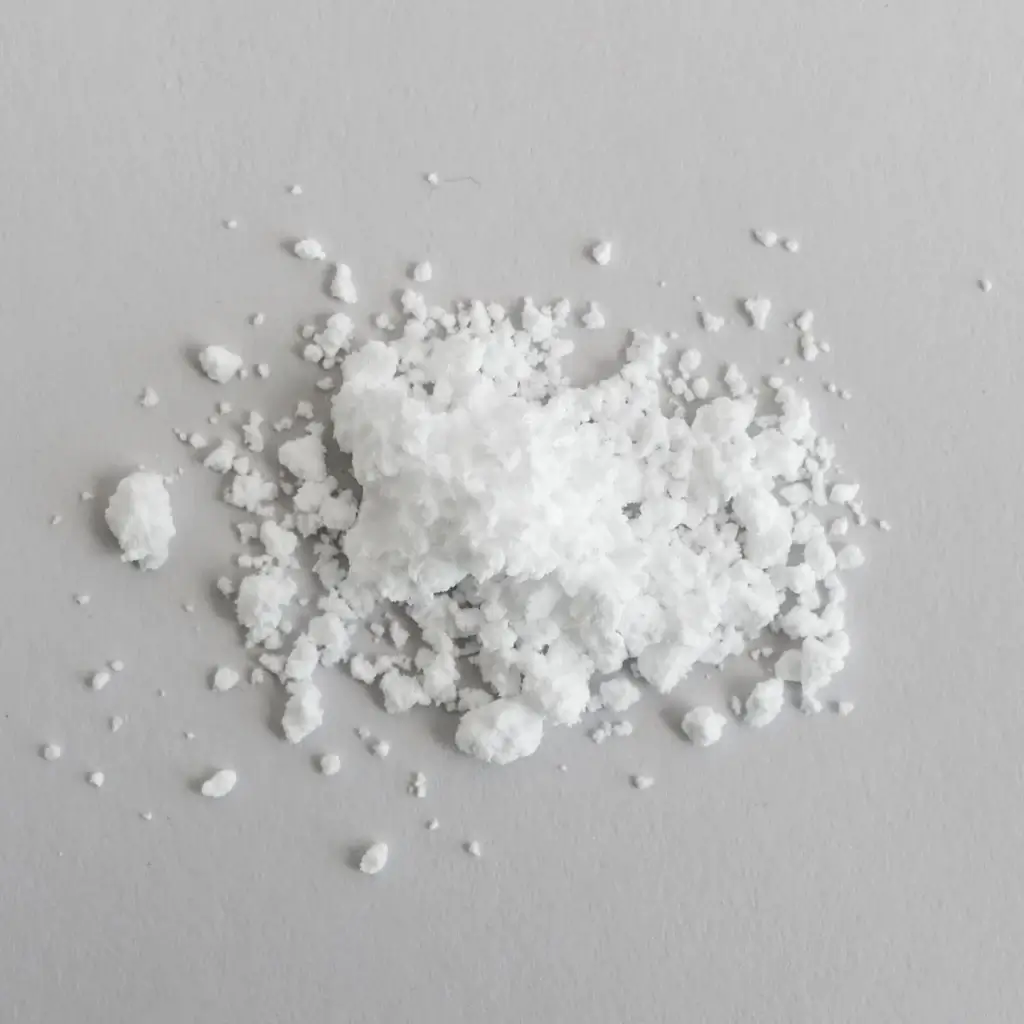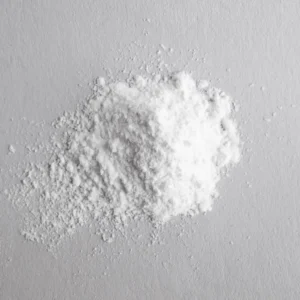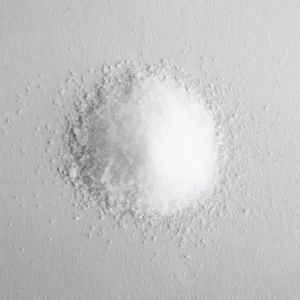Aluminum Triformate
Aluminum triformate. This room-temperature mordant works on all natural fibers, including wool, silk, cotton, hemp, and linen—though it performs best on wool. You can use it with either the GPL (grams per litre) method or the WOF (weight of fibers) method, and we’ve achieved excellent results with both.
Each method offers unique advantages for the artisan dyer. If you want to quickly mordant a scarf or two and move straight to dyeing without extra calculations, choose the GPL method. It eliminates the need for weighing, heating, or handling hot mordanted fibers.
Wool dyers will especially appreciate this cold method, as it helps prevent felting or harshness caused by overheating. On the other hand, if you need consistency and detailed records for repeatable results, the WOF method makes it easy to replicate your process.
Aluminum triformate advantages
- Mordant at room temperature—no added energy required beyond warm water to start your mordant bucket.
- Save water by reusing the mordant bath until it’s depleted. You can top up with more mordant as needed (bucket method).
- Use it easily—aluminum triformate has minimal odour, produces little airborne powder, and dissolves quickly.
- Mordant all fibres effectively, especially wool, without the overhandling that other methods often require.
- Dye up to 5 kg (11 lbs) of fibre with 200 grams (7 ounces). Actual results will vary based on fibre type, weight, and other conditions.
- Safely dispose of the spent mordant in a municipal wastewater system.
What is Mordanting?
Mordanting prepares fibers to accept and retain natural dyes. This step is essential except for indigo, which is a vat dye and doesn’t require a mordant. A proper mordant improves the lightfastness and wash fastness of your dyed fabric and ensures long-lasting, vibrant color.
You can mordant fibers ahead of time, dry and store them, or mordant and dye them in one session. If you mordant wool or silk with alum and let the fibers cure before dyeing, you’ll often see deeper, richer shades. If you’re just starting out, we recommend beginning with wool it’s the easiest fiber to dye.
Safety Information
Aluminum Triformate is a room-temperature mordant suitable for all natural fibers, including wool, silk, cotton, hemp, and linen. It is similar to other alum mordants and is purified with formic acid.
- Use in a well-ventilated area.
- Avoid inhaling the powder; consider wearing a dust mask.
- Wear gloves to prevent skin irritation.
- Keep out of reach of children and pets.
- Do not dispose of used mordant in waterways; instead, pour it into a municipal sewage system.
What You’ll Need
- Aluminum Triformate powder
- Non-reactive container (e.g., plastic or stainless steel bucket)
- Measuring scale
- Hot and room-temperature water
- Stirring utensil
- Fibers to mordant (e.g., yarn, fabric)
- Optional: Tannin extract for cellulose fibers to enhance lightfastness.
How to Mordant With Aluminum triformate
You can use aluminum triformate to mordant both protein and cellulose fibers. It’s the only cold mordant available for protein fibers.
Use 5–8% WOF. First, dissolve the powder in lukewarm tap water, then pour it into a stainless steel or plastic bucket filled with enough water to allow the fiber to move freely.
Fully submerge the fibers in the mordant bath for at least 8 to 24 hours, stirring occasionally. Squeeze out any air pockets and, if needed, weigh down the yarn or fabric with non-reactive items like glass mason jars or stainless steel bowls to keep them beneath the surface.
After mordanting, remove the fibers from the bath, lightly rinse them, let them dry completely, and then move on to dyeing.
You can safely pour the used mordant bath down a household drain—it’s now a weak alum/formic acid solution.
Instructions for Using the GPL (Grams per Litre) Method
Use 20 grams of aluminum triformate per litre of room temperature water. Start by dissolving the powder in a small amount of lukewarm tap water.
Then, pour it into a stainless steel or plastic bucket and add enough water to fully saturate your fibers. Make sure the fibers stay completely submerged, and squeeze out any air pockets in fabrics or yarns.
Leave the fiber in the mordant bath for 8 to 24 hours (24 hours is ideal). Keep the fibre under the surface at all times. Once finished, remove the fibers, rinse them lightly, let them dry fully, and proceed to dyeing.
You can reuse this GPL mordant bath until all the liquid is gone.
Reusing the Mordant Bath
The Aluminum Triformate mordant bath can be reused multiple times:
Monitor the bath for signs of depletion, such as color changes in fibers.
When needed, recharge by adding 20 grams of Aluminum Triformate per liter of water.
Maintain the bath at approximately 10 liters for consistent results.
Storing Mordanted Fiber
After mordanting:
- Dye the fibers right away, or
- Store them damp in a sealed plastic bag in the fridge for up to 5 days, or
- Dry them completely for later use.
- Label your fibers and keep them in a clean, dust-free area to avoid staining or contamination.




Reviews
There are no reviews yet.